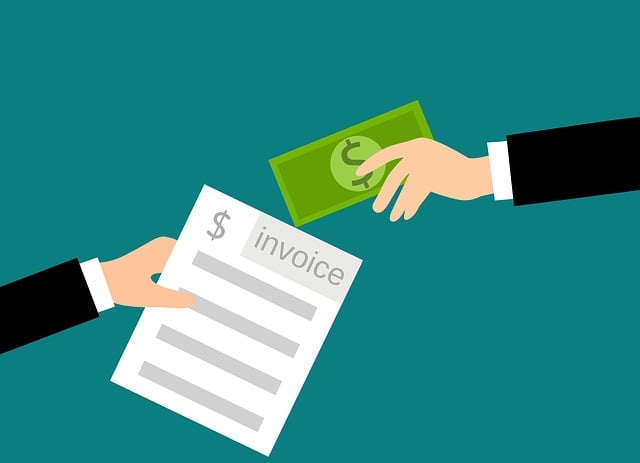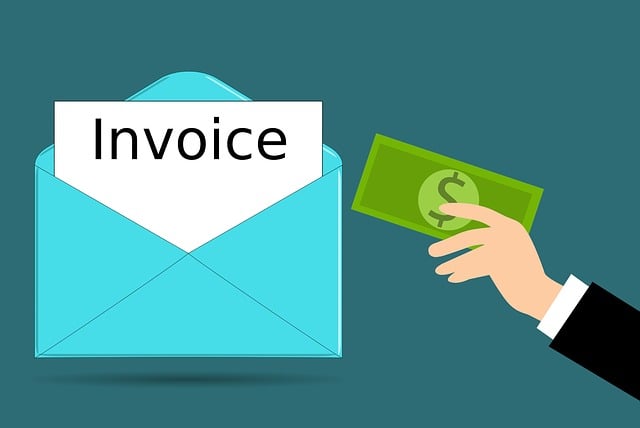Spot factoring and whole ledger factoring are two financing solutions for businesses aiming to enhance cash flow. Spot factoring offers flexible terms, quick funding (within 24 hours) for individual invoices, ideal for irregular cash flows or urgent needs. Whole ledger factoring provides a comprehensive solution by factoring all eligible accounts receivable, offering larger upfront payments suitable for consistent, substantial invoice volumes and long-term cash management. Companies should compare these options based on their unique cash flow patterns, strategic goals, and preferred control over receivables to choose the optimal approach for optimizing cash flow, managing expenses, seizing growth opportunities, and reinforcing robust business cash management practices.
In today’s fast-paced business landscape, effective cash flow management is crucial. This article explores two key factoring options: Spot Factoring and Whole Ledger Factoring. We provide a comprehensive overview of each, delving into their unique features and benefits. By understanding the differences and unlocking the spot factoring benefits, businesses can optimize cash flow and make informed decisions. Learn how strategic factoring choices can enhance business cash management, helping you navigate the best approach to suit your needs.
- Understanding Spot Factoring: A Quick Overview
- Delving into Whole Ledger Factoring: What It Entails
- Comparing Spot and Whole Ledger Factoring: Key Differences
- Unlocking Spot Factoring Benefits for Your Business
- Optimizing Cash Flow with Strategic Factoring Choices
- Navigating the Best Approach: Choosing Between Spot and Whole Ledger Factoring for Effective Business Cash Management
Understanding Spot Factoring: A Quick Overview

Spot factoring is a flexible financing solution that allows businesses to free up immediate cash flow by selling their accounts receivable (invoices) at a discount. It’s ideal for companies looking to optimize their cash flow and manage their working capital more effectively. By choosing spot factoring, businesses can gain access to quick funds, typically within 24 hours of selling an invoice, enabling them to meet short-term financial obligations and invest in growth opportunities. This method is particularly beneficial for small and medium-sized enterprises (SMEs) with uneven cash flow patterns or those in need of rapid funding.
When comparing factoring options, spot factoring stands in contrast to whole ledger factoring. Whole ledger factoring involves selling all accounts receivable to a factor, providing a more comprehensive solution for business cash management. While it offers long-term relationships and potentially lower rates, spot factoring is more suited for selective invoice sales, offering businesses the agility to choose which invoices to monetize based on their current needs and risk assessment. Ultimately, the choice between these approaches depends on a company’s specific financial situation, growth strategy, and preferred level of control over its receivables.
Delving into Whole Ledger Factoring: What It Entails

Delving into Whole Ledger Factoring: Unlocking Comprehensive Business Cash Management
When comparing factoring options for your business’s cash flow optimization, understanding whole ledger factoring is essential. Unlike spot factoring, which focuses on select invoices, whole ledger factoring provides a comprehensive approach to managing your business’s cash. It involves factoring all eligible accounts receivable within your company’s entire ledger, offering a broader solution for improving cash flow and financial management.
This method allows businesses to access immediate funding against their entire account receivable balance, providing a robust cash management tool. By comparing spot factoring benefits with whole ledger factoring, businesses can choose the approach that best aligns with their needs. Whole ledger factoring is ideal for companies seeking long-term solutions, improved financial visibility, and efficient ways to optimize their cash flow and overall business cash management strategies.
Comparing Spot and Whole Ledger Factoring: Key Differences

When comparing spot factoring and whole ledger factoring, businesses must understand the key differences to make an informed decision that aligns with their specific cash flow needs and strategic goals. Spot factoring involves selling a single invoice at a time, providing quick access to funds for immediate business requirements. This approach offers significant spot factoring benefits, such as flexible terms and the ability to select the best opportunity based on market conditions. It’s ideal for businesses with seasonal or unpredictable cash flow patterns, allowing them to optimize their working capital effectively.
On the other hand, whole ledger factoring involves selling an entire account receivable book at once, providing a more substantial upfront payment. This method is suitable for companies seeking a more comprehensive solution for business cash management. It streamlines the financing process and offers long-term relationships with funding providers, potentially leading to better rates and terms over time. By comparing these factoring options, businesses can choose the approach that best suits their operational needs, enabling them to focus on core activities while ensuring optimal cash flow management.
Unlocking Spot Factoring Benefits for Your Business

In today’s fast-paced business environment, efficient cash flow management is crucial for success. One effective strategy to optimize your company’s financial health is through factoring—a financial solution that offers numerous advantages when compared to traditional whole ledger factoring. By embracing spot factoring, businesses can unlock a range of benefits tailored to their specific needs.
Spot factoring provides a flexible approach, allowing companies to choose the invoices they want to factor and access immediate cash for those selected accounts receivable. This means improved cash flow, enabling businesses to manage operational expenses, capitalize on growth opportunities, and make strategic investments. Unlike whole ledger factoring that involves factoring all outstanding invoices, spot factoring offers a more tailored solution, ensuring you have control over your cash flow while reaping the advantages of advanced business cash management. When comparing factoring options, this targeted method can be a game-changer for companies seeking to streamline their financial processes and gain a competitive edge.
Optimizing Cash Flow with Strategic Factoring Choices

In today’s fast-paced business landscape, efficient cash flow management is a cornerstone of success. One strategic tool that can significantly enhance this aspect is factoring. When it comes to optimizing cash flow, businesses often find themselves at a crossroads when choosing between spot factoring and whole ledger factoring. Both approaches offer unique advantages, but understanding their nuances is key to making an informed decision that aligns with the company’s specific needs.
Spot factoring, as the name suggests, involves selling invoices for immediate payment on a transaction-by-transaction basis. This method provides quick access to cash tied up in outstanding invoices and is ideal for businesses with uneven cash flow cycles or urgent funding requirements. On the other hand, whole ledger factoring offers a more comprehensive solution by purchasing all eligible invoices from a business over an extended period, providing a steady stream of funds. Comparing these options, businesses can choose the factoring approach that best suits their cash management strategy, ensuring they optimize their financial resources and maintain robust business cash management practices.
Navigating the Best Approach: Choosing Between Spot and Whole Ledger Factoring for Effective Business Cash Management

When it comes to optimizing business cash flow and effective financial management, businesses often find themselves at a crossroads when choosing between spot factoring and whole ledger factoring. Both options have their merits and cater to different needs. Spot factoring involves financing specific invoices while whole ledger factoring provides funding against an entire account receivables balance, offering a more comprehensive approach.
In terms of comparing these factoring options, businesses should consider their immediate cash flow requirements and overall financial strategy. Spot factoring benefits businesses looking for quick capital to cover immediate expenses or bridge short-term cash flow gaps, as it allows them to access funds within days of invoicing. On the other hand, whole ledger factoring is ideal for companies with consistent and substantial invoice volumes, aiming to optimize their entire accounts receivables process. By choosing the right factoring approach, businesses can effectively manage their cash flow, reduce financial strain, and focus on core operational tasks without the burden of delayed payments.
